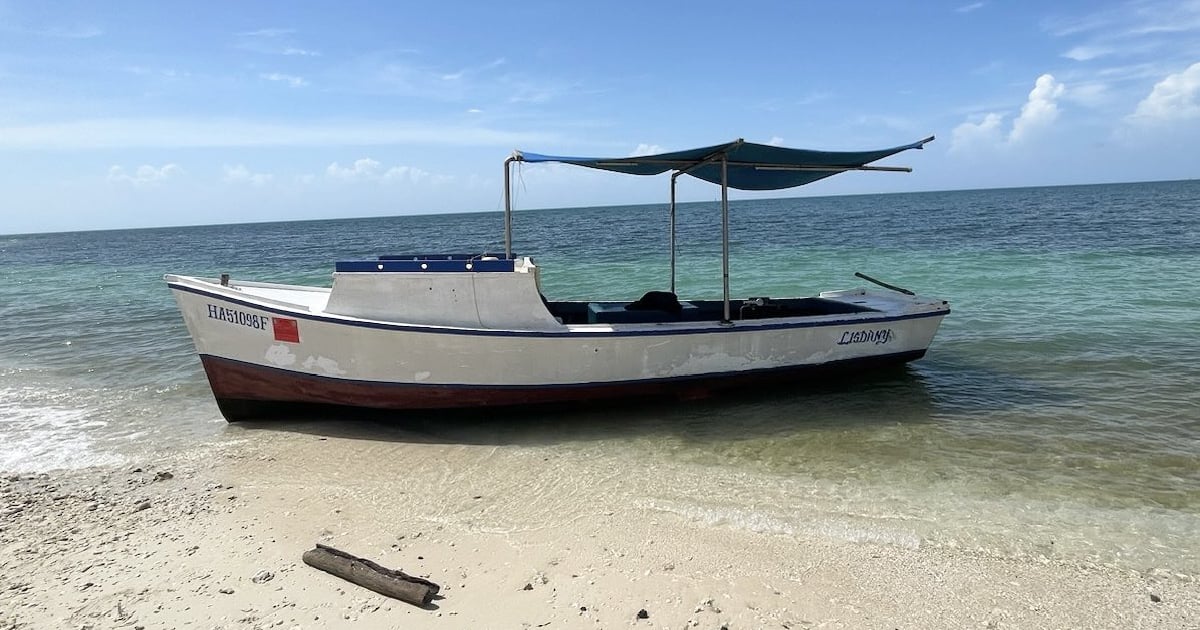U.S. Border Patrol (USBP) agents, along with partner agencies, detained 33 Cuban rafters on Tuesday morning after they made landfall in the Florida Keys. Chief Patrol Agent Samuel Briggs II of the Miami Sector announced in a brief statement on the social media platform X that officers had just responded to a migrant landing in Key West, where they discovered the group of Cubans.
Briggs stated that the migrants would be placed under federal custody and processed for deportation, in accordance with U.S. immigration policies. The statement did not provide details on the health status of the Cuban rafters upon their arrival in the United States, nor did it specify the group's composition or their exact origin within the island.
Just five days ago, the U.S. Coast Guard (USCG) intercepted 17 rafters near the Florida Keys and returned them to Cuba. The U.S. government has reiterated that migrants arriving by sea who are detained by the Border Patrol will be processed by the Immigration and Customs Enforcement (ICE) and the Enforcement and Removal Operations (ERO) for deportation, with a five-year ban on re-entry into the United States.
Continued Risky Sea Voyages
Despite efforts by U.S. authorities to deter illegal maritime migration, many Cubans continue to risk crossing the Florida Straits in makeshift boats, driven by the lack of legal avenues to leave their country, which is mired in a deep, widespread crisis. The harsh living conditions, lack of freedoms, and absence of opportunities in Cuba continue to fuel a massive and irregular exodus from the island to the United States, both by sea and by land.
In June alone, 17,563 Cubans entered the United States through its borders, according to data published by the Customs and Border Protection (CBP). Of that total, 6,216 arrived by sea, indicating that the influx of Cuban rafters to the U.S. remains steady.
Frequently Asked Questions about Cuban Rafters and U.S. Immigration Policies
Here are some common questions and answers regarding the recent apprehension of Cuban rafters and the broader context of U.S. immigration policies.
What happens to Cuban rafters once they are detained by U.S. authorities?
Once detained, Cuban rafters are placed under federal custody and processed for deportation by ICE and ERO, with a five-year ban on legally re-entering the United States.
Why do so many Cubans risk crossing the Florida Straits in makeshift boats?
Many Cubans risk the perilous journey due to the severe living conditions, lack of freedoms, and absence of opportunities in Cuba. The ongoing crisis in the country leaves them with few legal options to emigrate.
How many Cuban migrants entered the U.S. in June?
According to CBP data, 17,563 Cuban migrants entered the U.S. in June, with 6,216 arriving by sea.
